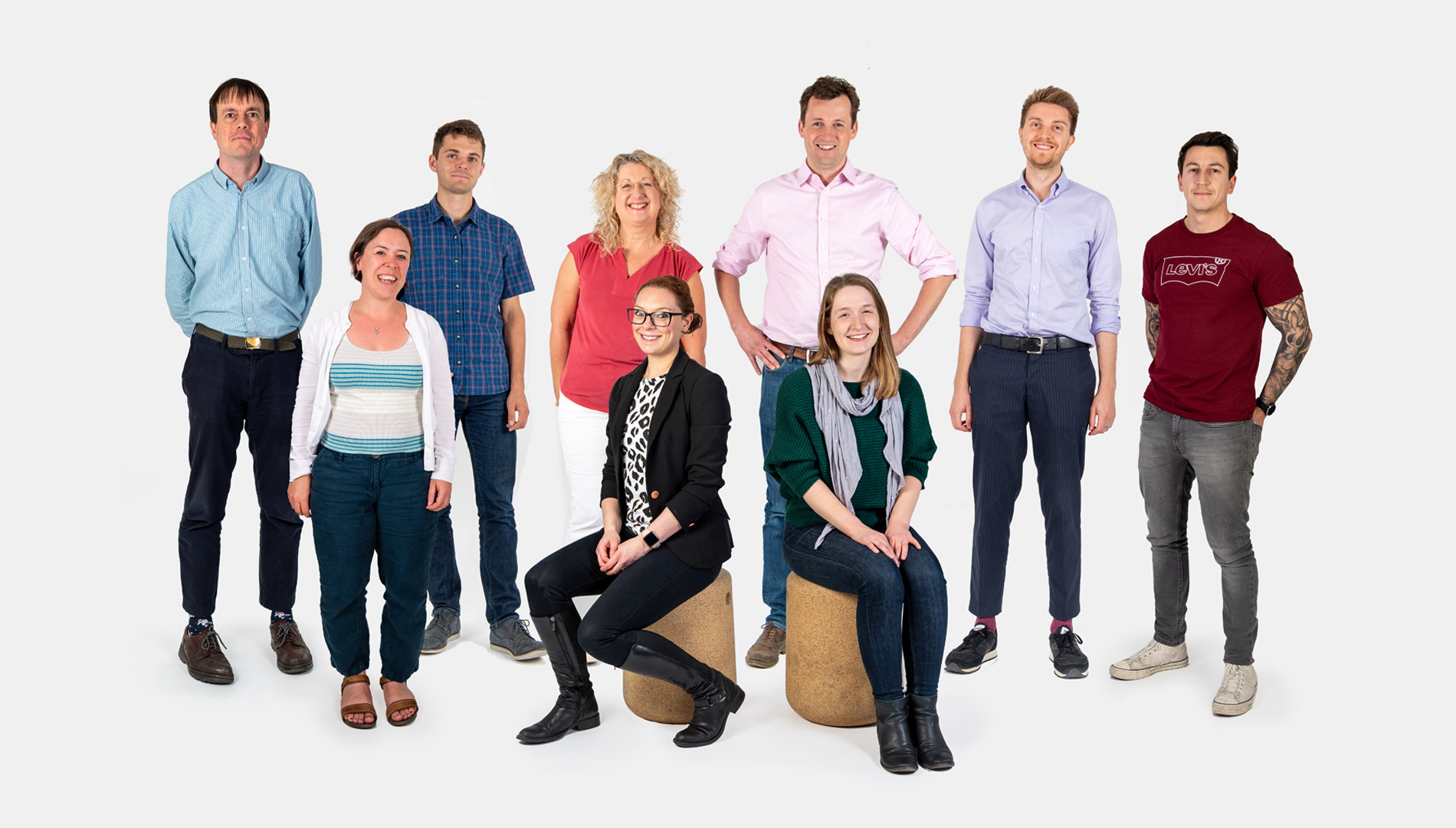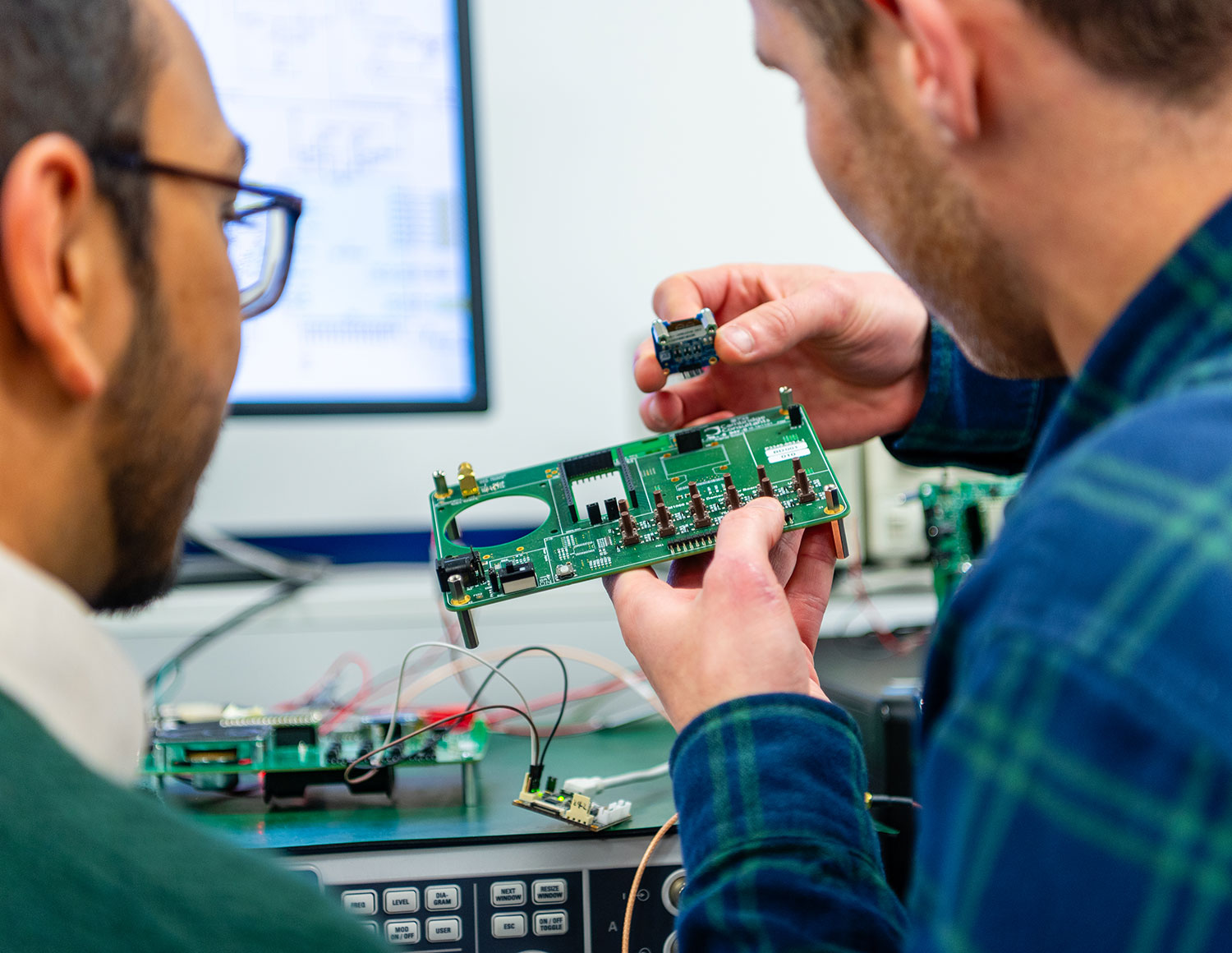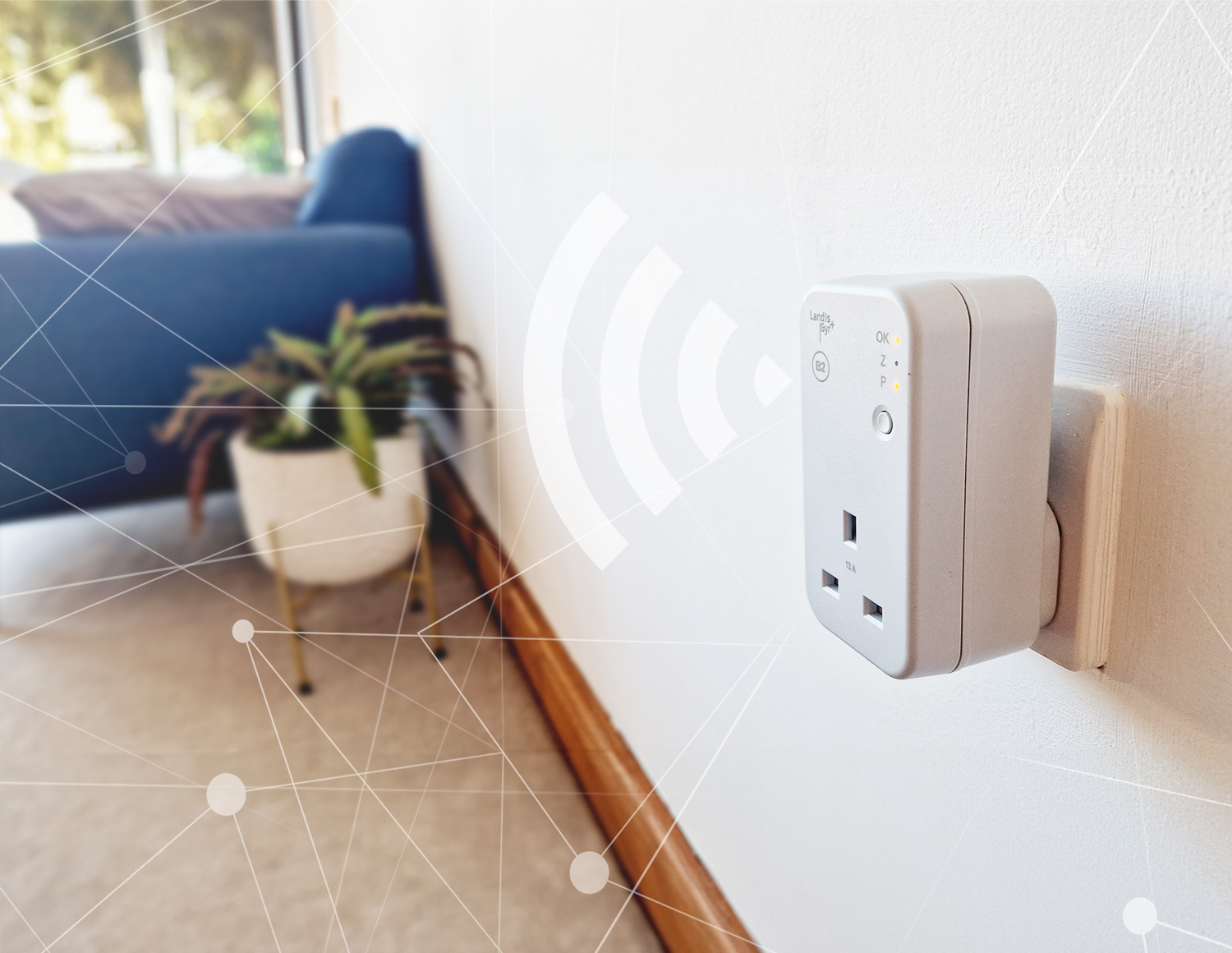ケーススタディー
Consumer demand for personalization is growing rapidly in cosmetics and skincare. With so many options, it can be hard for people to choose the right products and for brands to understand their performance.
Skintuition can make it possible to bring complex technology from the clinic to the retail store and deliver highly personalized skincare to a mass audience. This could offer brands the ability to improve product recommendations, differentiate their propositions and transform consumer experience.
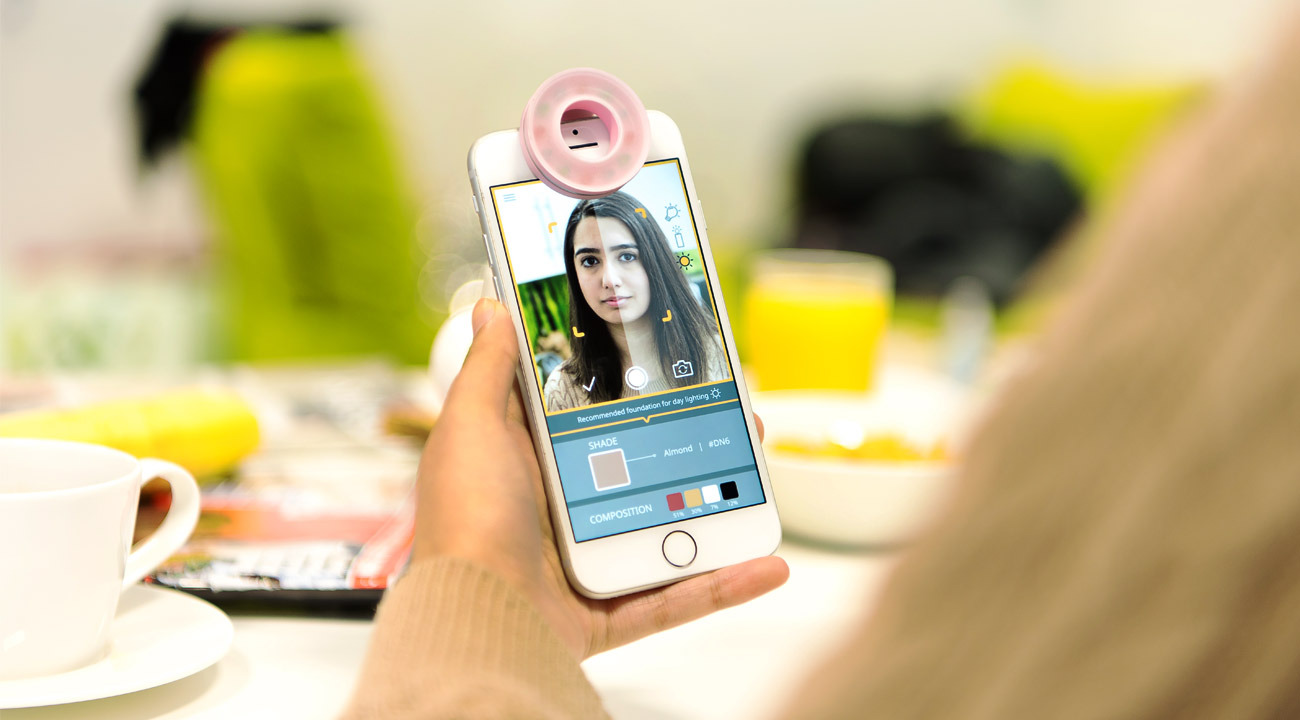
Unique low-cost solution
At the core of the platform is multispectral imaging (MSI) – the process of capturing information from a range of wavelengths invisible to the human eye or normal RGB camera. Skintuition has no need for the complexity of conventional, costly MSI camera hardware thanks to our crucial breakthrough.
We determined the five specific wavelengths necessary to infer a full reflectivity spectrum of the skin. By using off-the-shelf LEDs at those wavelengths with a basic camera no more complex than those used in smartphones, we moved the complexity out of the camera to create a unique, low-cost solution.
Accessible personalization
Skintuition has the potential to take personalized skincare experiences to unprecedented levels – and make them widely accessible. The platform could open the way to low-priced, clip-on smartphone accessories for use at home, or simple, standalone countertop tablets for retail and salon environments.
Crucially, its MSI capture is unaffected by ambient lighting that limits the efficacy of conventional skincare apps that rely on RGB cameras alone.
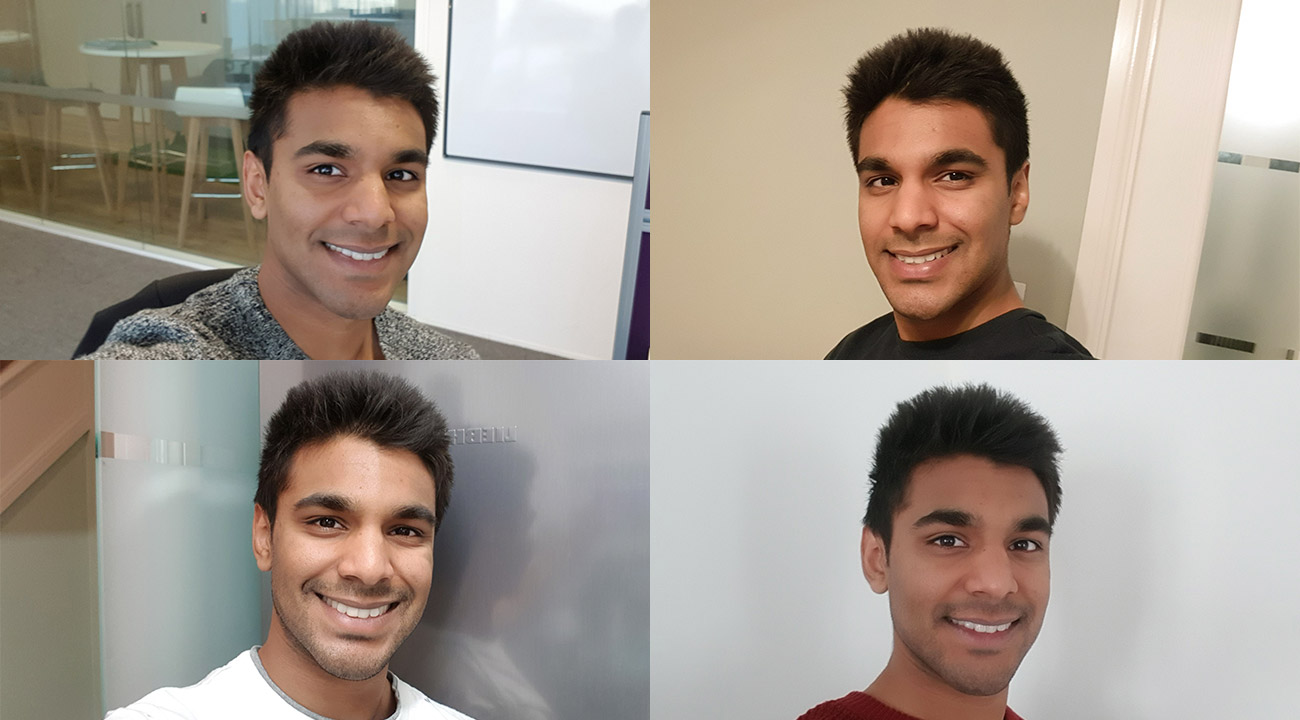
Integrated algorithms
Skintuition works by combining this definitive measurement data with smart, integrated algorithms to reveal a true picture of the condition of skin and how it changes over time. It also simulates a range of lighting scenarios.
This allows consumers to optimize their look by selecting the right cosmetic concealer or foundation to suit their skin tone in different conditions – a day out in full sunshine or under the fluorescent lights of a nightclub, for example.
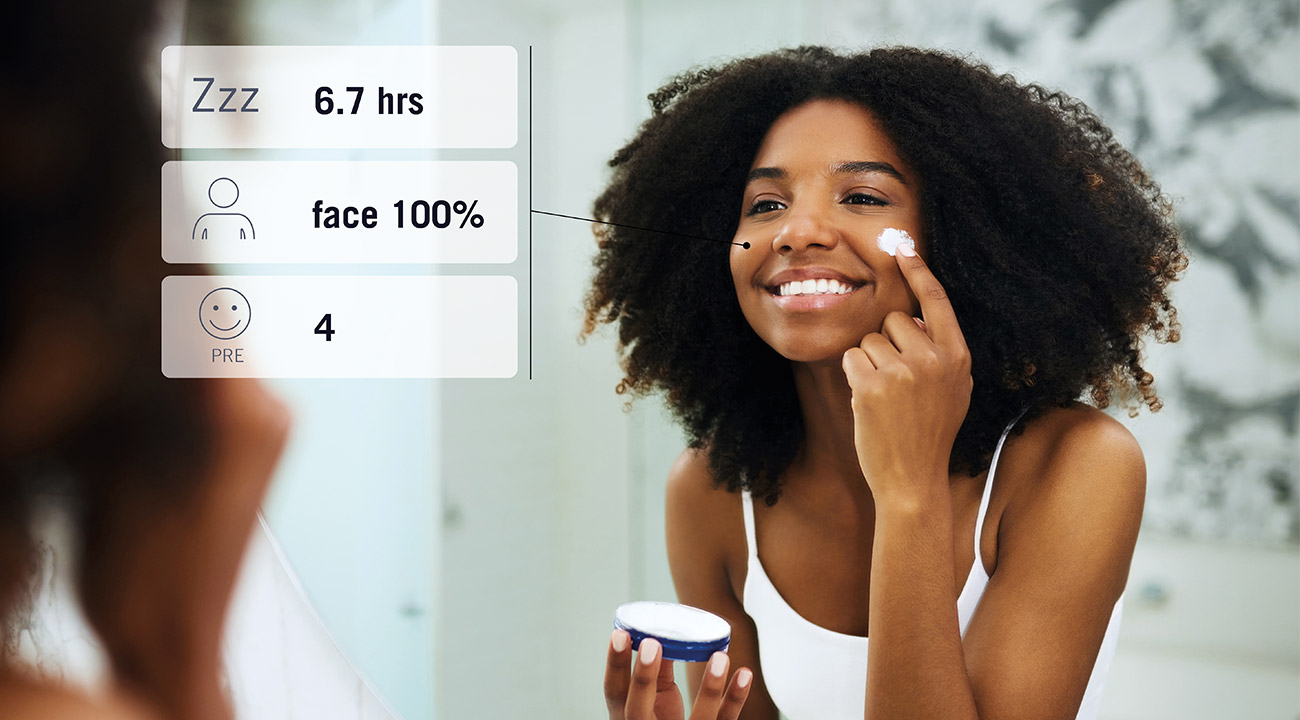
Brand engagement opportunities
This technology could be incorporated into an app ecosystem offering matching product notifications, skin regimen recommendations, product promotions, purchases and more.
Actionable insights could be gathered during trials and real-world use, and good understanding of product efficacy, frequency of use and environmental impact on use could be achieved. Such insight would naturally inspire product innovation and provide compelling evidence for product selling points.
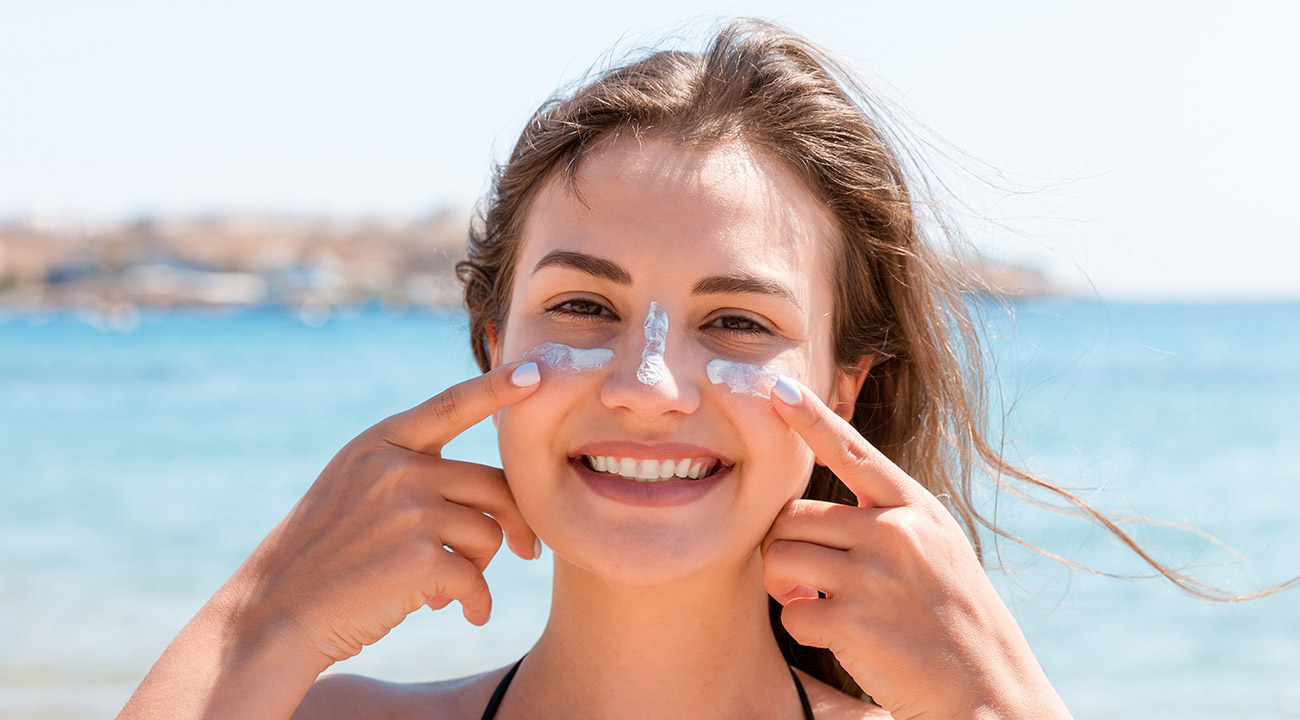
Health & wellbeing
Beauty is more than skin deep, and the potential of Skintuition is certainly not limited to purely cosmetic applications. The approach can be used to provide a view of general skin health, including the impact of products and changing dermatological status by monitoring, for example, levels of melanin.
It could reveal areas of irritation, show the progress of acne care, track the effects of aging on skin tone and identify patches where sun cream is missing.
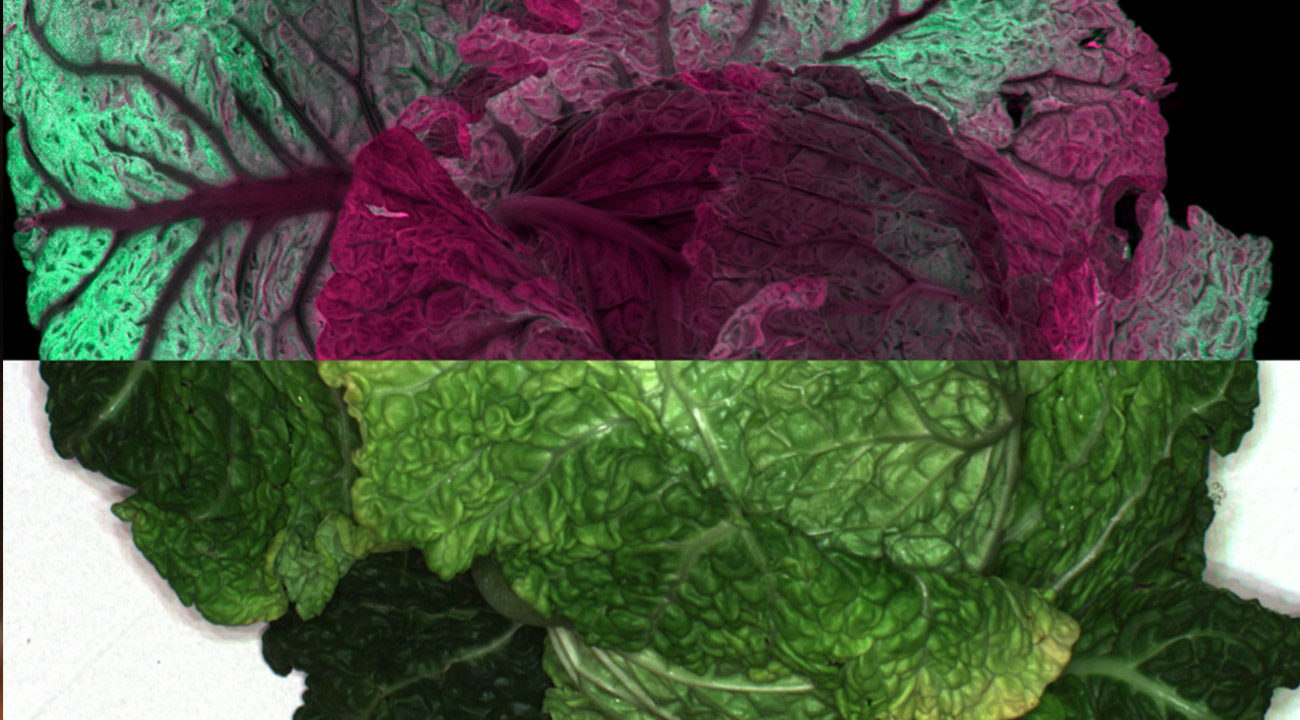
One platform, many applications
Despite advanced image-processing algorithms, the inherent simplicity and cost-effectiveness creates possibilities for all sorts of applications beyond personal care. In each case, a low-cost camera would simply need to be paired with a ring of LEDs at the appropriate wavelengths for the application.
The technology could be tailored for countless industries. In agriculture, for example, it could monitor leaf pigmentation changes to warn of disease or provide a low-cost alternative to hyperspectral detection of water uptake by plants.
課題
Real-world image capture
Image capture in the lab, where lighting and camera angles can be controlled, is straightforward. But it’s another matter out in the real world, where the color we see is made up of the surface itself and the light in which it appears.
To overcome this, we investigated the physical basis of skin color to determine the wavelengths that define how the skin looks in any lighting. LEDs at these wavelengths create our solution, while the smart algorithms model the optical behavior of the individual’s skin.
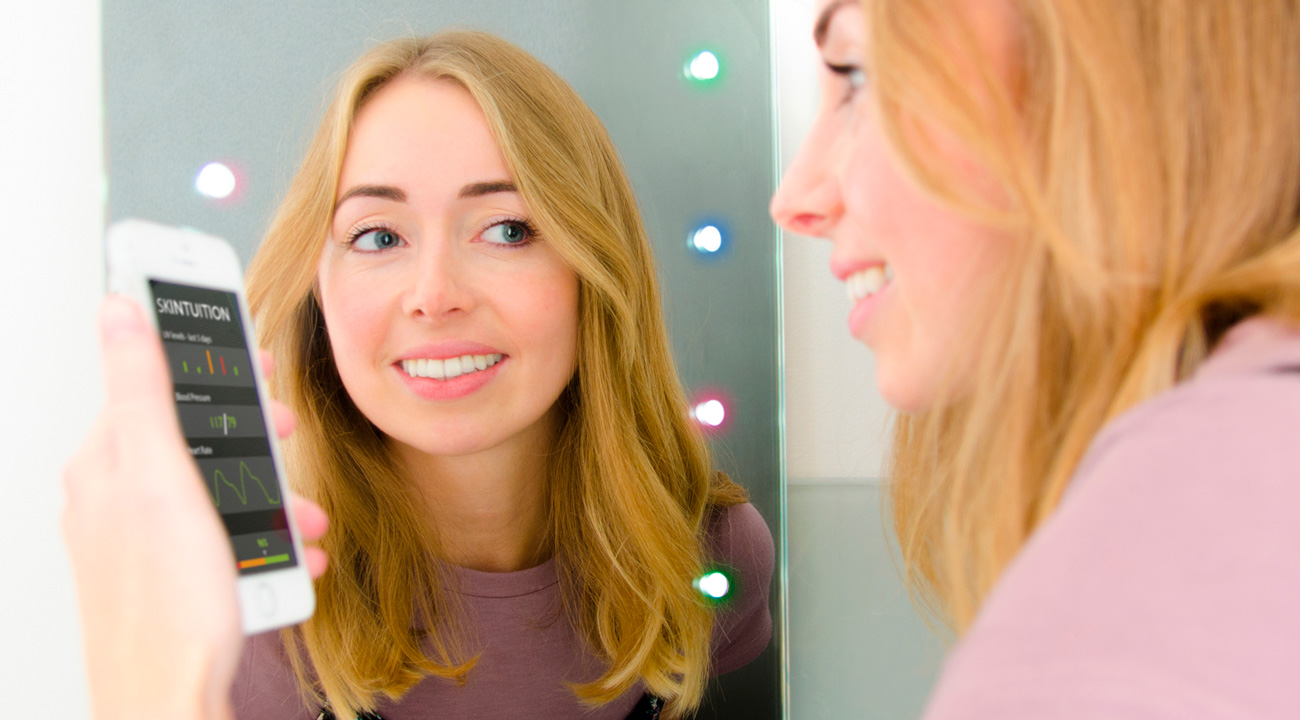
Accuracy & accessibility
Some high-end cosmetic counters feature optical technologies that color-match concealer to an individual’s skin tone. But they are not easily accessible for everyone and they analyze only a small area of skin.
Our platform technology captures a multispectral image of the whole face and could be embodied as a low-cost device accessory with mass-market appeal.
開発チーム
